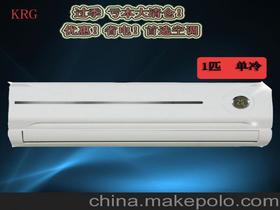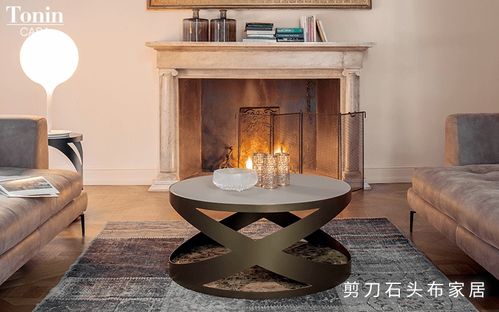Understanding the Conversion: 1 Ton to BTU
When it comes to energy conversion, understanding the relationship between 1 ton and BTU is crucial. Whether you’re in the HVAC industry, a home owner, or simply curious about energy efficiency, this conversion is a key factor in making informed decisions. Let’s delve into the details of this conversion and explore its various dimensions.
What is a Ton?

A ton, in the context of HVAC, refers to a unit of measure for the cooling capacity of an air conditioner. Specifically, one ton of cooling is equivalent to the amount of heat that can be removed from a space in one hour by a system that removes 12,000 British Thermal Units (BTUs) of heat.
What is a BTU?

A British Thermal Unit, or BTU, is a unit of energy used to measure the amount of heat required to raise the temperature of one pound of water by one degree Fahrenheit. It is a common unit of measurement in the United States and is often used to describe the energy output of heating and cooling systems.
Converting 1 Ton to BTU

Now that we understand the basic definitions, let’s look at the conversion from 1 ton to BTU. As mentioned earlier, one ton of cooling is equal to 12,000 BTUs. This means that if you have an air conditioner with a 1-ton capacity, it can remove 12,000 BTUs of heat from your space per hour.
Here’s a simple table to illustrate the conversion:
| 1 Ton | 12,000 BTU |
|---|---|
| 2 Tons | 24,000 BTU |
| 3 Tons | 36,000 BTU |
| 4 Tons | 48,000 BTU |
This table shows that the conversion is straightforward: simply multiply the number of tons by 12,000 to find the corresponding BTU value.
Why is this Conversion Important?
Understanding the conversion from 1 ton to BTU is important for several reasons:
-
Choosing the Right Equipment: When selecting an air conditioner or heating system, knowing the BTU requirements of your space ensures that you choose a system with the appropriate cooling or heating capacity.
-
Energy Efficiency: A properly sized system can operate more efficiently, leading to lower energy bills and reduced environmental impact.
-
Comfort: An appropriately sized system can maintain a consistent and comfortable temperature in your space, improving your overall comfort and well-being.
Factors Affecting BTU Requirements
Several factors can influence the BTU requirements of a space, including:
-
Size of the Space: Larger spaces require more BTUs to cool or heat effectively.
-
Insulation: Well-insulated spaces retain heat and coolness better, reducing the need for additional BTUs.
-
Orientation and Exposure: Spaces that face the sun or are in direct sunlight may require more BTUs to maintain a comfortable temperature.
-
Number of Windows and Doors: More openings in a space can lead to increased heat gain or loss, affecting BTU requirements.
Conclusion
Understanding the conversion from 1 ton to BTU is essential for making informed decisions about HVAC systems. By knowing the BTU requirements of your space, you can choose the right equipment, improve energy efficiency, and enhance your comfort. Remember to consider factors such as space size, insulation, and exposure when determining the appropriate BTU value for your needs.



